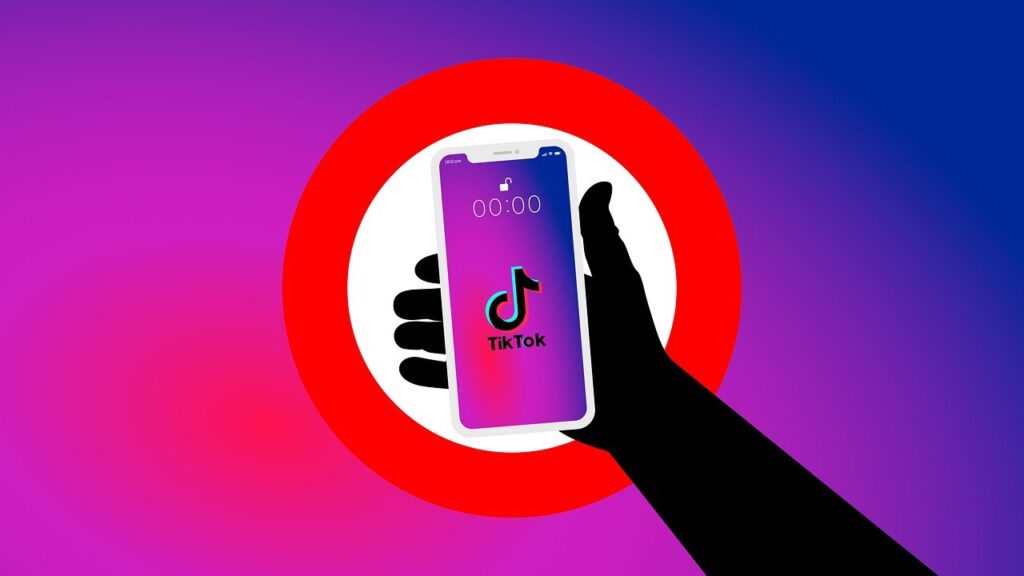(HONOLULU) — A video pops up on TikTok. The voiceover brightly greets me with, “Good morning.” A beat drops and the voiceover continues.
“Bad news.”
“Good Morning, Bad News” is a TikTok channel with 1.1 million followers and specializes in highly produced explainer videos covering a range of topics prominently placed in the news — like abortion, inflation, and Elon Musk. Mostly the voiceover says “bad news,” but sometimes there is, in fact, good news.
Explainer videos and explainer journalism at-large focus on the “why” and “how” surrounding the “who,” “what,” “when,” and “where.” Although video explainers are a product of the digital age, “explanatory reporting” is not new and has been a Pulitzer Prize category since 1998.
Recent explainer videos by “Good Morning, Bad News” have covered the predicted 2023 recession and why a college degree may not be worth it. Each topic is covered by “Good Morning, Bad News” in a series of videos using statistics, graphs, and graphics to detail specific reasons that led to the current situation, and specific consequences that could result.
Despite building “news” into its name, “Good Morning, Bad News” hesitates to present itself as news. I spoke with Jules Suzdaltsev, creator of “Good Morning, Bad News,” earlier this year for another story. Suzdaltsev comes from a “traditional” journalism background, having worked for companies like VICE Media, NowThis, and Seeker Media. When asked about explainers, Suzdaltsev drew a line between explainers and journalism. To him, explainer journalism is commentary that falls under the news content umbrella but is not representative of journalism itself.
I’ve been thinking a lot about that comment ever since. I don’t think I agree. Because in a lot of ways, “Good Morning, Bad News” is a prime example of good, accurate, and transparent journalism.
Journalism, at its core, strives for the honest unbiased presentation of information and there is a process that works toward achieving that goal. But, in a world that pits science and fact against propaganda and opinion, with little obvious differentiation between the two, I wonder how unbiased any presentation of information can be. Even Daniel Ellsberg had an agenda when he chose to withhold information about secret peace talks in the Pentagon Papers.
Once upon a time, I was a prosecutor. In every jury trial, I would use a portion of jury selection to introduce the idea of bias. Jury selection is meant to select fair and impartial jurors. But, as I would explain, what is a bias isn’t immediately obvious. Instead, having biases is a product of lived experiences, and I would use a story of food poisoning I once got at a restaurant and how I’ve never been back as an example. If this were a case about food poisoning or that restaurant, I would ask, wouldn’t I be the wrong person to sit on that jury? Without fail, every time I told that story and posed that question, several people in the jury box would have epiphanies about how innocuous our biases can seem. If our personal opinions of how things should be, how events should unfold, and how we feel about anything seep into everything we perceive, how can they not enter what I write?
Suzdaltsev and “Good Morning, Bad News” loudly telegraph that the content on the platform is bred from a point of view. On Facebook, “Good Morning, Bad News” is described as, “A weekly explainer series about how a small group of sociopaths are hoarding unspendable amounts of stolen capital and making your life worse!”
But, “Good Morning, Bad News” is one of the most transparent digital information generators I have come across. Suzdaltsev had told me how important it was for him to adhere to the same journalistic standards he followed as a veteran journalist. “Good Morning, Bad News” publishes the script and sourcing for every episode, with a reminder at the end of each video that the shared information is publicly available and attributed. This is something that even the widely acknowledged leader in video explainers, Vox, does not do.
In law, evidence can get excluded at trial for being “overly prejudicial.” But the thing about evidence or facts is that it is inherently prejudicial to one side or the other when in context. “Good Morning, Bad News” presents deeply researched facts that can make the subject of the video look bad. Often, because the actions and the facts are “bad.” It is not possible to present facts within any specific context without asking the reader to make a judgment call on the topic of discussion.
Instead, the issue with commentary and opinion masquerading as “news” is the mask. If journalists cannot remove bias from their reporting, then the next best thing is to be upfront about that bias. “Good Morning, Bad News’” explainers use charged language to make its points, but it does so while being completely transparent as to its goals and how it arrived at the conclusions it draws. In that sense, regardless of if it considers itself, “Good Morning, Bad News” is journalism at its best, despite it being riddled with subjective perspectives. It may be biased, but it is transparent. Which, to me, is good news.


